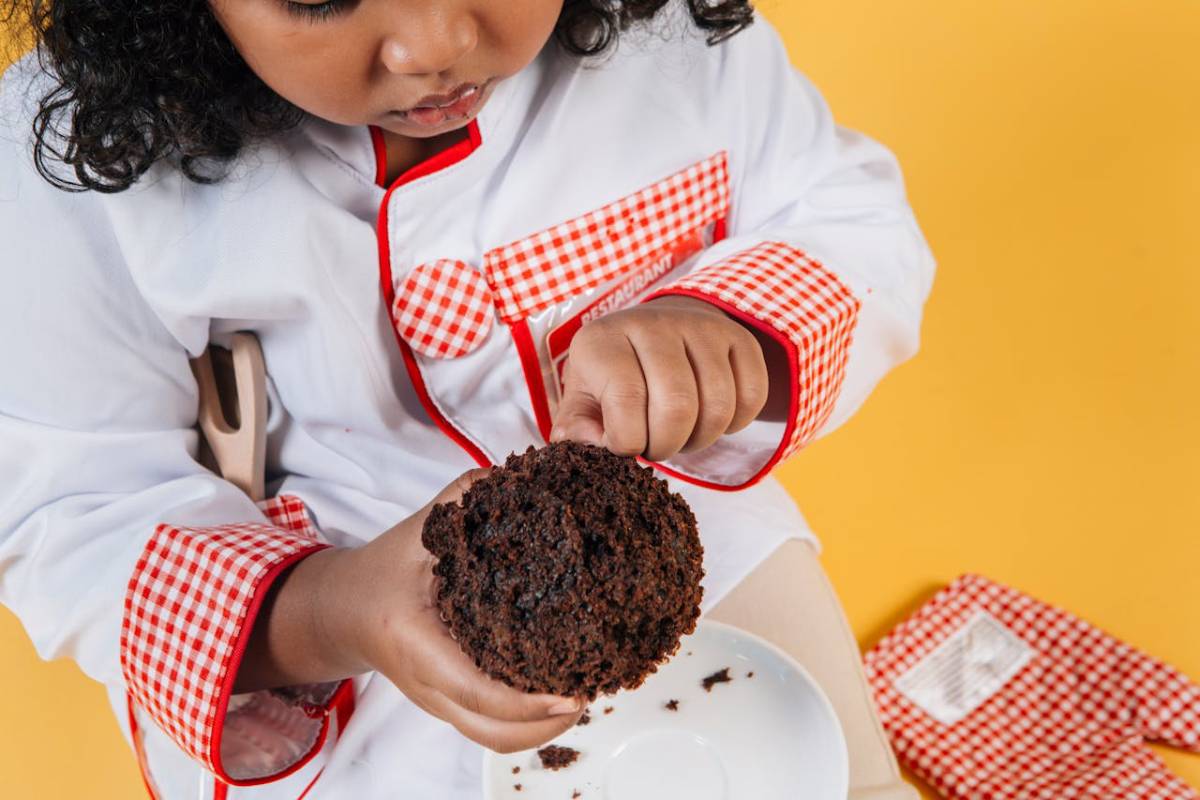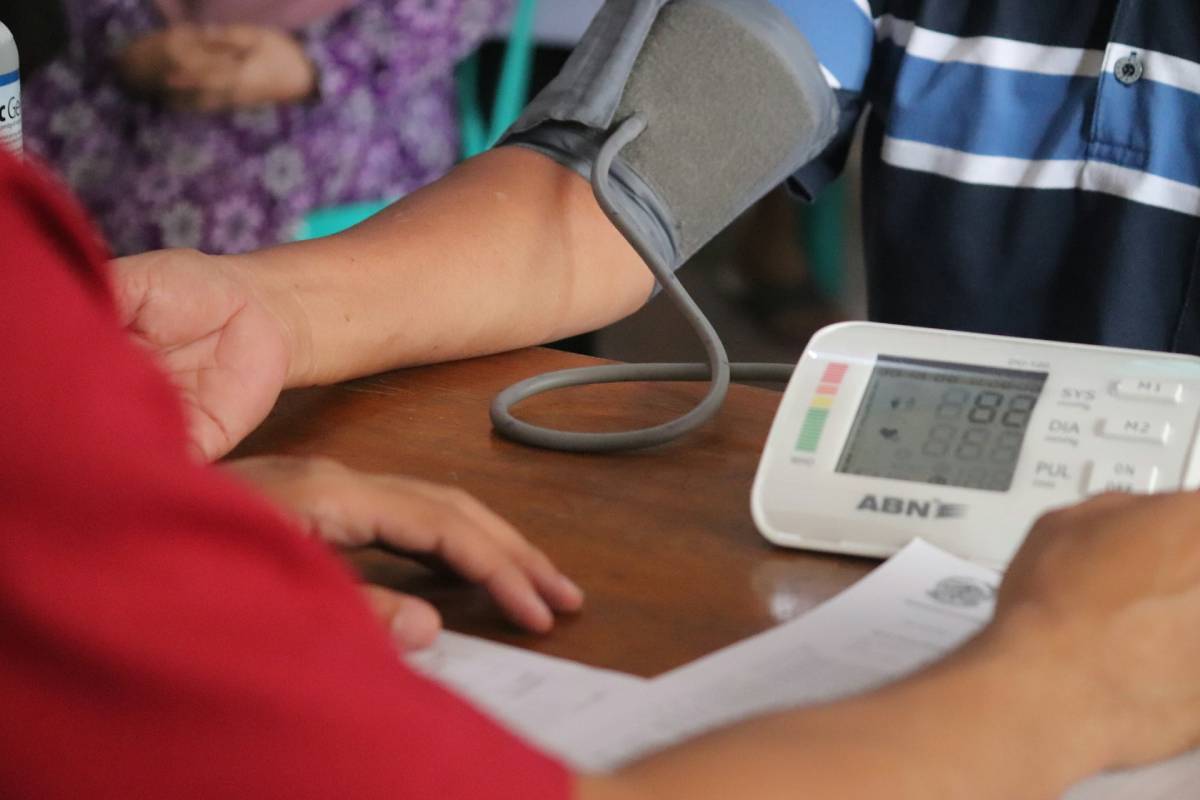

High blood pressure in children: causes
Blood pressure is the force that blood exerts on the walls of the vessels through which blood passes. When this pressure is excessive, we have what is called hypertension. This pressure with which the blood reaches the organs damages them little by little.
And as happens silently over time, it was thought that high blood pressure was a disease that only affected older people. And it is not like that. Although 70% of those over 65 years of age have high blood pressure, there are also younger hypertensives.
The highest incidence of cases begins around 40-50 years of age. In fact, according to the Spanish Society of Primary Care Physicians (Semergen), it is estimated that there are about 10 million in our country. Almost half of the patients (48%) they see daily are diagnosed (about 3.5 million are not).
And it happens in even younger people. It happens in childhood and increasingly. As medical professionals warn, an increase in cases is beginning to be observed that is not alarming, but does mark a growing trend in our country. As the EPINUT research group of the Complutense University of Madrid (UCM) explains, In the last decade, childhood hypertension has increased two points: in 2013 it affected 3.17% of boys and 3.05% of girls, and in 2023, the figure rises to 5.3%. What is happening?
➡️ Other diseases
Usually, what is behind childhood high blood pressure is another disease. That is, the causes of secondary hypertension are:
➡️ Environmental factors
But it is also increasingly common for boys, girls and especially adolescents (80%) to have the type of high tension that adults suffer. This is primary hypertension, which has its origin in childhood, with a genetic basis (family) and certain environmental factors. Which is it? Obesity, bad eating habits such as taking little potassium (diet without fruits or vegetables) or a lot of salt, sedentary lifestyle and sleep less than necessary. Specifically, the prevalence of high blood pressure is higher with obesity (15%), compared to overweight (5%) and normal weight (1.9%).

And, in that sense, the perfect storm is occurring in our country:
- Childhood obesity is an epidemic, as we remember in our monograph on childhood obesity.
- Spanish minors (84.5%) they go overboard with saltas stated in this study, carried out by researchers from the UCM.
- Sedentary lifestyle is a growing problem in children and adolescents between 9 and 17 years old, as not only pediatricians warn. More than 60% do not do the minimum amount of daily physical activity (60 minutes) recommended by the World Health Organization (WHO), as recognized by the PASOS study by the Gasol Foundation.
- From the Spanish Sleep Society (SES) they indicate that 20% of Spanish children and adolescents do not have regular sleep schedules on a regular basis and “many of them recognize lack of sleep, more pronounced in adolescents, which manifests itself as insufficient sleep (12.7-31.3%) and the need to take a nap (6.6-29.5%).”
What happens if a child has hypertension
The younger the hypertensive person is, the more that high blood pressure can harm their body. Hypertension accelerates atherosclerosis: alters the structure of the arteries, which causes a greater accumulation of LDL cholesterol and a more rapid development of atherosclerosis (hardening and stiffness of the arteries), as pointed out in this research.
Furthermore, precisely, the WHO highlights five organs that can be affected with different pathologies:
- Heart: hypertrophy of the left ventricle, heart failure.
- Kidney: arteriolar necrosis, renal failure.
- Brain: cerebral hemorrhage, cerebral infarction, hypertensive encephalopathy.
- Blood vessels: ischemia, aorta dissection.
- Eyes: hypertensive retinopathy.
And, of course, hypertension in childhood is a risk factor for having the high blood pressure in adulthood.
How to detect hypertension in children
But despite the damage it can cause in children, hypertension is a silent disease, which in most cases (60%) does not produce symptoms or they are not very specific. When it does, it is because it is secondary hypertension or because the child suffers a crisis: intense headache, dizziness, vomiting, palpitations…
Hence it is It is essential to detect it as soon as possible. As? The European Society of Hypertension (ESH) in its guidelines for children and adolescents advises that take blood pressure from 3 years old every two years.
But there are circumstances in which it must be measured at every medical contact and at least once a year, as recalled by the European COST HyperChildNET project (Network for Blood Pressure Research in Children and Adolescents): premature children, minors with illnesses chronic, transplanted, those who take medication that raises blood pressure and children who are overweight or obese.
➡️ How blood pressure is measured in children
In order to measure tension, it is important that the child or adolescent be relaxed in the room where the shot will be taken about five minutes before doing so. To perform it, the child must be silent, sitting upright without crossing his legs (lying down, in the case of a baby) and with his feet on the floor and with his arm resting on a support (table) so that his elbow is at the height of the heart.
Three measurements are made, usually on the right arm, three minutes apart, and then the average of the last two readings is evaluated to determine blood pressure levels.

➡️ How much is high blood pressure in a child?
To calculate blood pressure, you can use the calculators devised by HyperChildNET. These tools are based on the 2016 European Society of Hypertension guidelines for the management of high blood pressure at these ages, which define hypertension as blood pressure above the 95th percentile for their age, height and sex, in the case of children and girls up to 15 years old, and in adolescents, like adults, it is set at equal to or more than 140/90 mmHg.
You can also use the tables called Fourth Report updated by the American Academy of Pediatrics (AAP), which for each age and sex establish blood pressure percentiles in relation to the height percentile. In a simplified way, up to the age of 13, there is high hypertension at the 95th percentile, and for those over that age, 130-139/80-89 mmHg.
➡️ How high blood pressure in children is diagnosed
When a child has high blood pressure, the pediatrician will perform several tests to try to find out the cause and act accordingly: blood and urine analysis, kidney ultrasound, chest x-ray, electrocardiogram, echocardiogram, ophthalmology evaluation…
What to do if a child has high blood pressure
In any case, once hypertension is diagnosed, the minor should lose weight, if necessary, and improve their lifestyle with healthy habits:
- Do more physical exercise: perform 40 minutes of aerobic physical activity (moderate or intense) 3-5 days a week and avoid more than 2 hours a day of sedentary activities.
- Follow a healthy and varied diet with less salt and more potassium: avoid consuming sugar, soft drinks, saturated fats and excess salt, and eat plenty of fruits, vegetables and cereals.
- Reduce the level of stress with relaxation techniques, meditation, music therapy…
If these measures fail to improve blood pressure numbers, they can be used drugs that help control them, as happens in adults. And, of course, if they were very high, the child could be admitted to give the medication intravenously.
How to prevent childhood hypertension
In addition to take blood pressure from the age of three, There are other ways to prevent hypertension that have to do with lifestyle habits. The same treatment that is prescribed to reduce blood pressure levels in hypertensive children is what the experts from HyperChildNET and the Spanish Association of Pediatrics (AEP) recommend to prevent hypertension, and other diseases closely related to it, such as Obesity, high blood sugar (diabetes), high levels of harmful fats in the blood or fatty liver:

